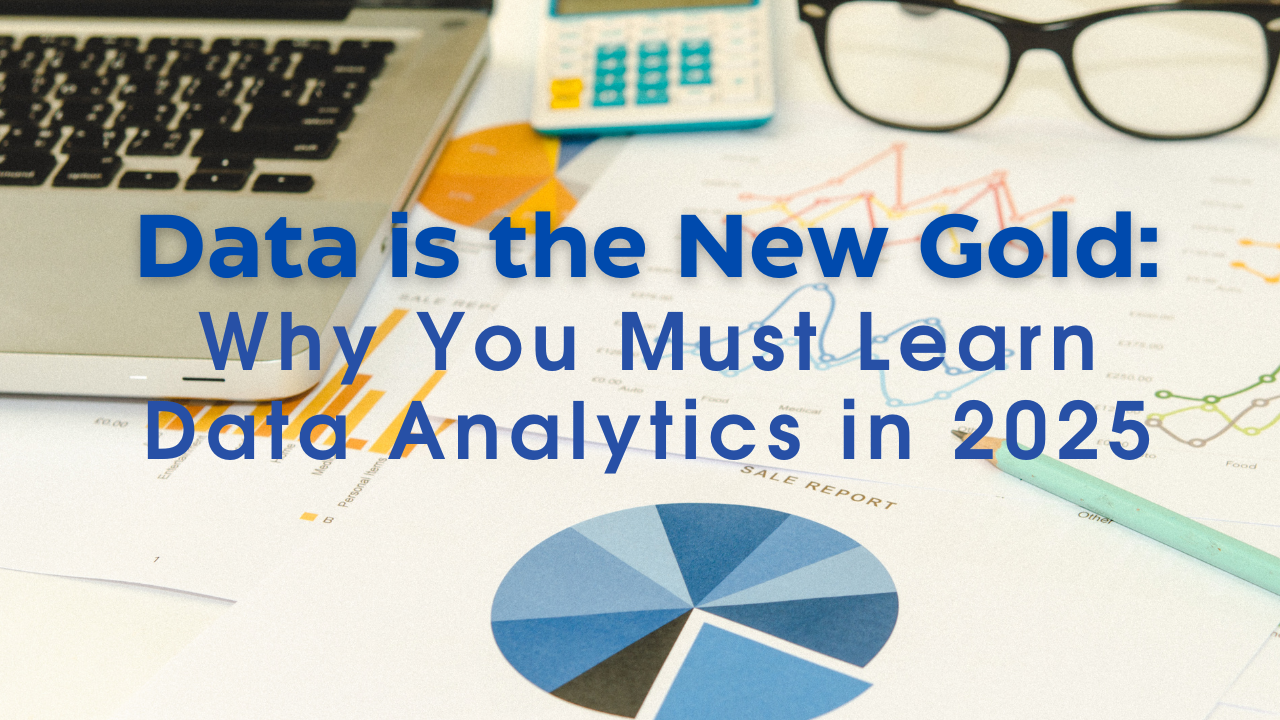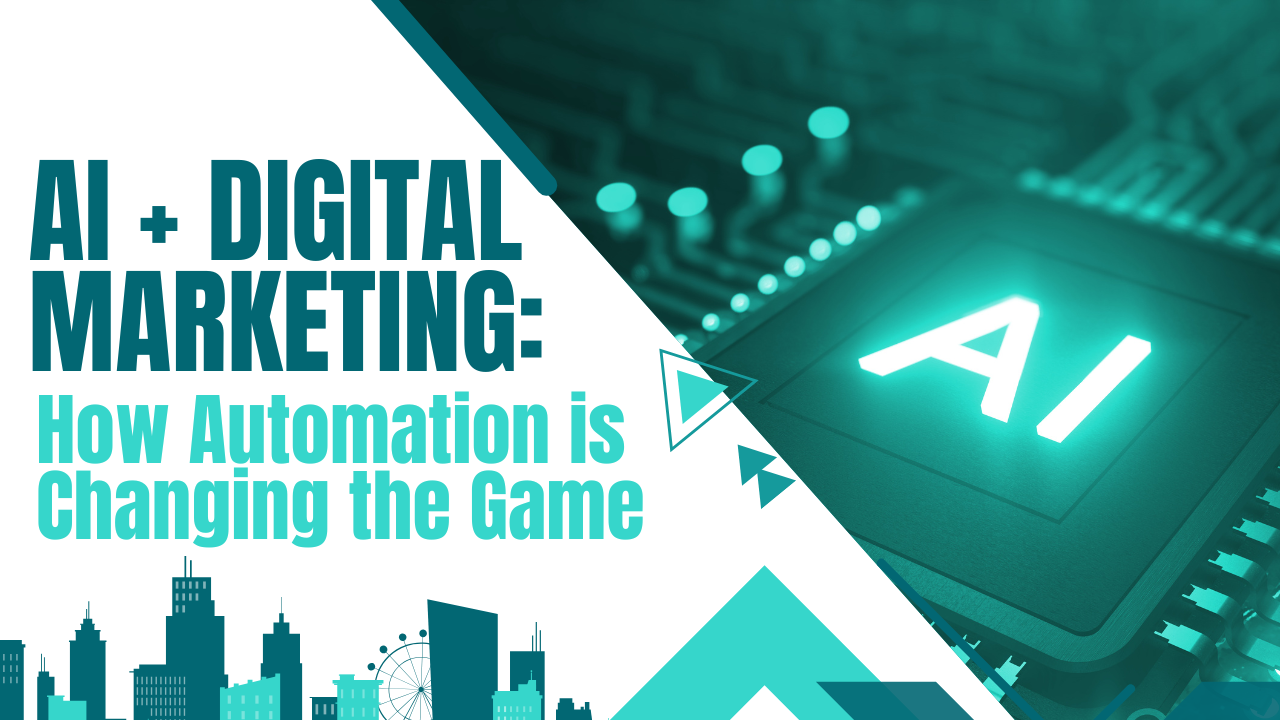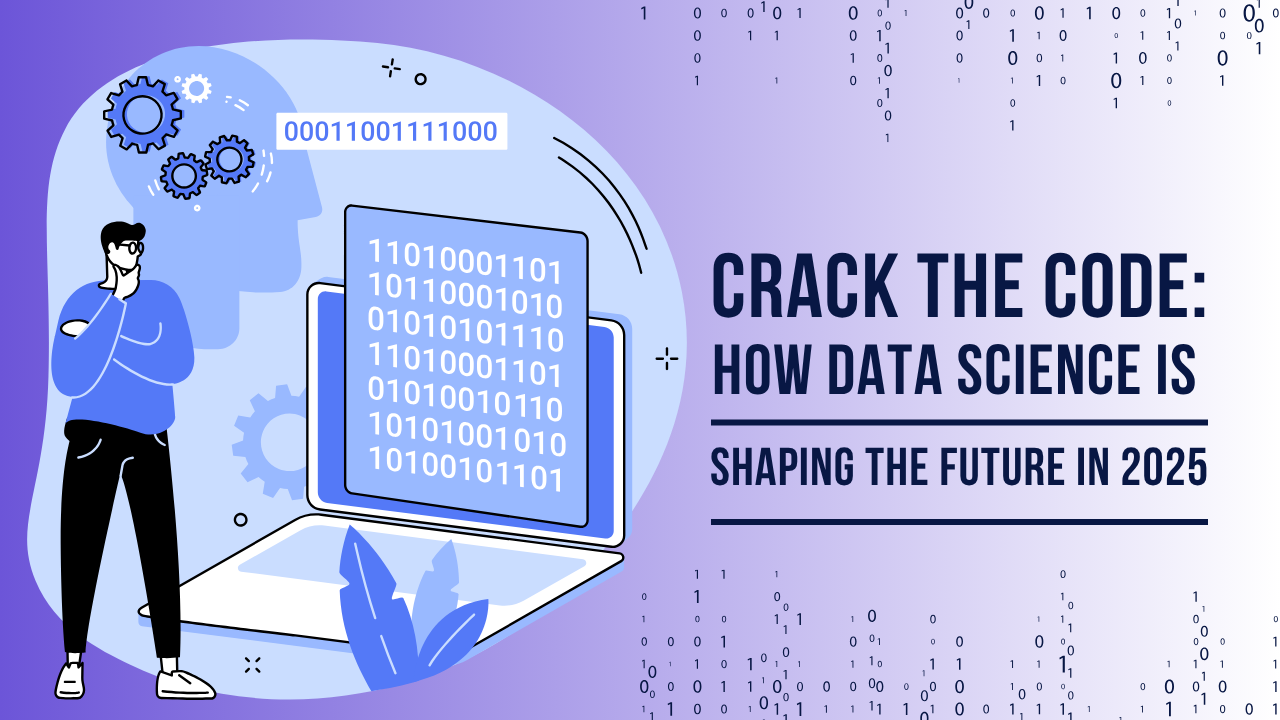Start Your Journey in Data Analytics with Python Today

This post aims to shed say for starting with data analysis via Python, which is commonly regarded as one of the simplest programming languages. If you have decided to step into the world of Python, this post is particularly designed for you. In this beginner-friendly post, we hope to comprehensively cover fundamental concepts pertaining to analyzing data using Python.
Table of Contents:
- Why Use Python For Data Alaysis?
- Data Analyst vs. Data Scientist
- Types of Data Analytics
- Process of Analyzing Data Step-By-Step
- Python Libraries For Analyzing Data
- Most Popularadykulw used Data Aanalaysis Tools
1. What is Data Analysis?
The process of systematized data collection is prevalent among many companies or industries. Companies do tend to capture all data available to them, but without structuring that, data is useless and serves no purpose. Data analysis requires organizing the data captured along with cleaning and interpreting data into information to unlock true spirintfor chicken data business insights
Companies have continuously relied on data analysis to identify gaps within service and sales for strategical outflanking. Prayug specializes in training students with the skill of data revolving analytics through real business application via its certificate programs.
2. The Most Popular Tool for Data Analysis, Python
Technological advancement has created a place for python language as the single most required tool for data analysis. The versatility of data complexities alongside it's ease of learning and being backed with secondary libraries has made Python a must for practicing.
The most common utilized libraries include the following:
NumPy - Relates to numerical operations, arrays, and their hierarchical storing procedures.
- Data set construction, refinement, and manipulation which involves the cleaning of obtained datasets, is done through the pandas library.
- The graphical representation of data is done through Matplotlib, Seaborn, etc.
Scikit-learn undertakes machine learning, automated features, and has modeling within its grasp.
So it is no wonder that Python enables data analysts to automate repetitive workflows, improving task visibility while enabling measurement calculation presentation, all using just a few lines of code.
3. Data Analyst Vs Data Scientist
Though the two roles often conflilct but here are the possible pointers of differentiation:
Data Analyst: concentrates on the significance of available data for company growth, thus aiming for data driven/ segmentation analysis thinking. He works with Using statistics along with Excel, SQL, sPython, etc. driven dashboard reporting.
Data Scientist: undertakes complex work, algorithms, data driven decision making to enable predictive powered engineering utilizing machine learning and coding. Developing systems and algorithms help in valuable data provided data predictions.
If you’re a complete novice, a Data Analyst role is most suited for you, and Prayug’s training classes will fast-track you to getting one.
4. Types of Data Analytics
Having categorized analytics enables you to properly utilize the available tools and tailored approaches.
Descriptive Analytics: What happened? e.g., Monthly sales trends
Diagnostic Analytics: Why did it happen? e.g., Decline in customer satisfaction
Predictive Analytics: What will happen? e.g., Sales forecasting
Prescriptive Analytics: What ought we to do next? e.g., Recommend marketing strategies
All of these techniques can be executed with the use of Python programming using the tools and methods taught in Prayug’s training.
5. Step-By-Step: What Does a Data Analyst Do?
This is the flow in which a data analyst accomplishes their tasks:
Define the Problem – Identify exactly which particular issue needs an answer.
Collect the Data – Extract the data from the organization's tools (CRM) or from publicly available resources (government databases).
Clean the Data – Purge the dataset of inaccurate data, deal with missing information, and ensure it is fit for analysis.
Explore the Data – Apply visual analysis methods to discover patterns, anomalies, or relationships.
Visualize Results – Design and develop charts and dashboards that highlight important findings.
Communicate Insights – Provide constructive, plausible strategies to the firm's leaders for informed decisions.
Students at Prayug understand concepts through real life capstone projects and case studies.
6. Python Packages Used in Data Analysis
The libraries of Python are what make the programming language powerful. Here are six of them that analysts cannot do without.
NumPy - Performs core numerical operations.
Pandas - Works with dataframes (for example, with Excel) and processes spreadsheets or tables.
Matplotlib - Makes custom plots and graphs.
Seaborn - Makes elegant statistical visualizations.
Scikit-learn - Contains simple, yet powerful, machine learning models.
Statsmodels - Performs more advanced statistical tests and regressions.
PySpark - For working with big data and distributed computing.
Learning these packages as part of our data analytics certificate program is a priority.
7. Popular tools used in Data Analytics.
Besides Python, data analysts often use:
SQL - To programmatically access databases.
Power BI/Tableau - To build visually appealing interactive dashboards.
Excel - For quick, but efficient calculations and report generation.
Google Cloud and AWS - For storing and analyzing large datasets.
Jupyter Notebooks - enables the sharing of code, charts, and commentary in one document or notebook.
GitHub - enables version controlling and collaboration with teams.
At Prayug, the focus is not just on tools and technologies, but on understanding their application in solving authentic, real world data issues faced by organizations.
Concluding Remarks
For those of you aiming to build a career in data, acquiring the skill of Python is essential, and there is no easier place to learn it than Prayug, one of the top training platforms aimed at providing practical, employable skills. Our data analytics certificate program ranges from introductory materials to industry-level projects.
Visit us at www.prayug.com today and take your first step toward one of the most fulfilling high-growth careers. Register now our best learning and training platform.
Top Blog Posts





